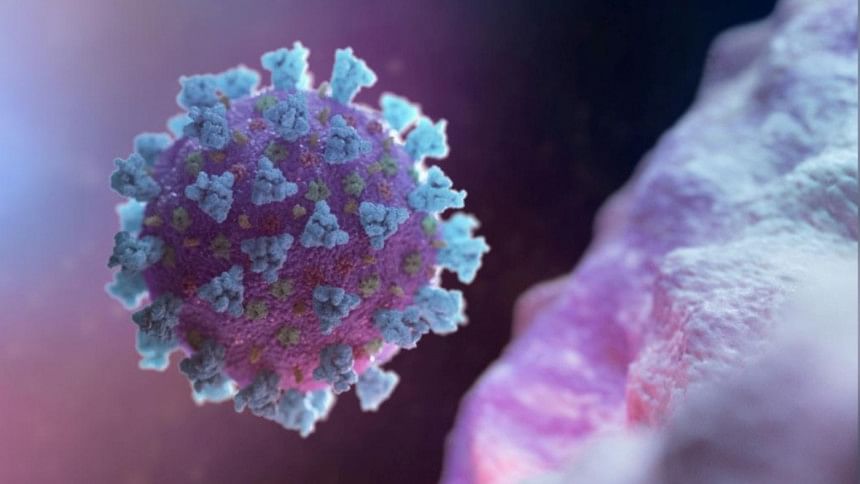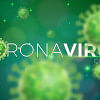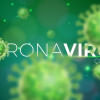2019 novel coronavirus infection: Simple gestures can save your life

Viruses are the bad news wrapped in protein coat. When a new strain of coronavirus has infected humans for the very first time in Wuhan, China in late 2019, it was not much of a surprise. Thanks to its' predecessors, severe acute respiratory syndrome coronavirus (SARS-CoV) and Middle East respiratory syndrome coronavirus (MERS-CoV), both being the deadly coronaviruses causing intense mortality in 2003 and 2012 respectively. It was known how these two novel coronaviruses reached humans, from camel and civet cats but to date, the source of severe acute respiratory syndrome coronavirus 2 (SARS-CoV-2) that causes the coronavirus disease (COVID-19) is yet to be discovered. Let it be the snake or bat, 2019 novel coronavirus is equally threatening as the other viruses.
After the identification of three confirmatory COVID-19 cases in Bangladesh, we are nothing but stuck with the worst fear as we live in one of the densely populated countries in the world, and have all the reasons to be worried about, starting from our hygiene practice to cultural norms. This novel coronavirus causes respiratory symptoms, for instance, fever, cough, shortness of breath, like all other flu viruses but being entirely new to human species it also is responsible for fatal pneumonia leading to respiratory failure, even death in several cases. Experts believe sneezing, body ache, throat ache are frequent symptoms in common cold and are clinically distinguishing features of the common cold from COVID-19 cases, whereas, common cold is more likely than COVID-19 when there is presence of headache, sneezing, nasal blockage, runny nose and absence of fever.
A suspected COVID-19 patient has crucial tasks to follow for the sake of his family and countrymen. It is a virus that spreads through respiratory droplets, which means by its' property, it forms a tiny molecule named droplet following excreted from the patient's nose, mouth or hand and transmit thereby. It can remain infectious especially in the next several hours.
To save ourselves from this deadly acellular organism, we must keep the hygiene practice a go. Namely, keeping our hands clean, avoid touching the face, eyes and nose with contaminated hands, sneezing within elbow crease and self-quarantine ourselves if there are fever, cough and respiratory distress.
Like all other viral illnesses, this virus also exhausts in the fight with our immune system, so consuming antioxidants rich foods will boost our immune health and ensure our survival a bit more than usual. So, it is time for squeezing lemons and sipping on herbal tea instead of getting panicked.
As the virus has just entered the country, timely and firm preparation can limit the transmission of it in the community. It is not that we have entered into an emergency and should refrain from the usual activities, rather we must try our best to avoid crowded places, wearing a mask if you are coughing or sneezing especially in public transport or in crowded places, keeping the hands clean with soap water or alcohol-based hand sanitisers frequently, keeping door knobs, elevator button and cellphone surfaces clean and disinfected.
Even if we get infected, we can take care of ourselves in most cases just like the way we do in common flu, like having simple analgesics, drinking plenty of fluids and rest. Only a few of us may need hospital admission. This is the time for everyone to be highly precautious, adequately sensible to oneself and others.
The writer is a Medical Officer at the Department of Virology, Institute of Epidemiology, Disease Control and Research (IEDCR) and National Influenza Centre (NIC), Bangladesh. E-mail: [email protected]

 For all latest news, follow The Daily Star's Google News channel.
For all latest news, follow The Daily Star's Google News channel. 








Comments